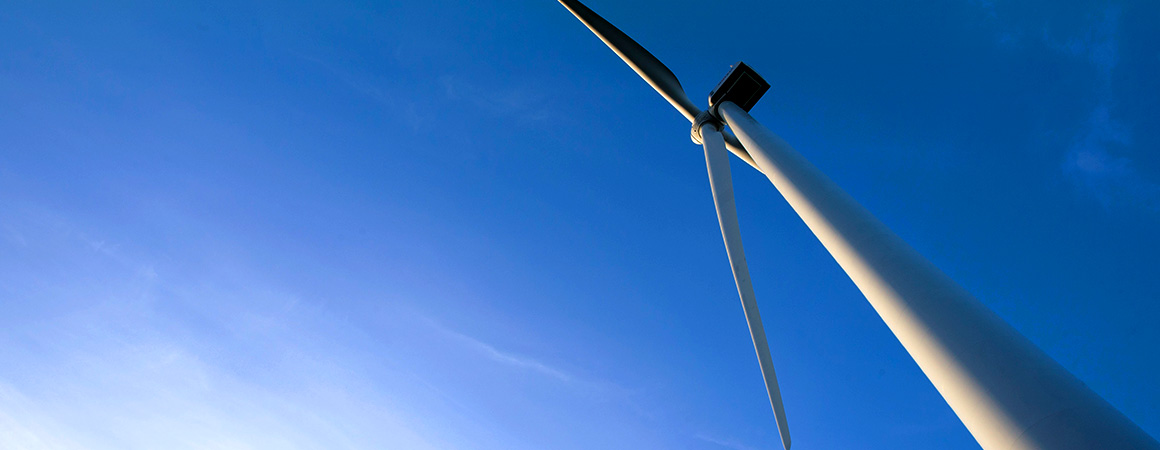How do wind turbines work?
Wind turbine blades act like aircraft wings, generating lift forces as the wind moves past them, moving the rotor blades around the central axis. The internal layouts of the various wind turbine types differ at this point, but the traditional approach is for a central drive shaft to link to a gearbox, which increases the speed of rotation, linking to a high-speed shaft and then into the generator. The generator produces electricity at low voltage (around 2-3kV) and is stepped up to 33kV with a transformer, either in the base of the turbine tower or in the nacelle.


